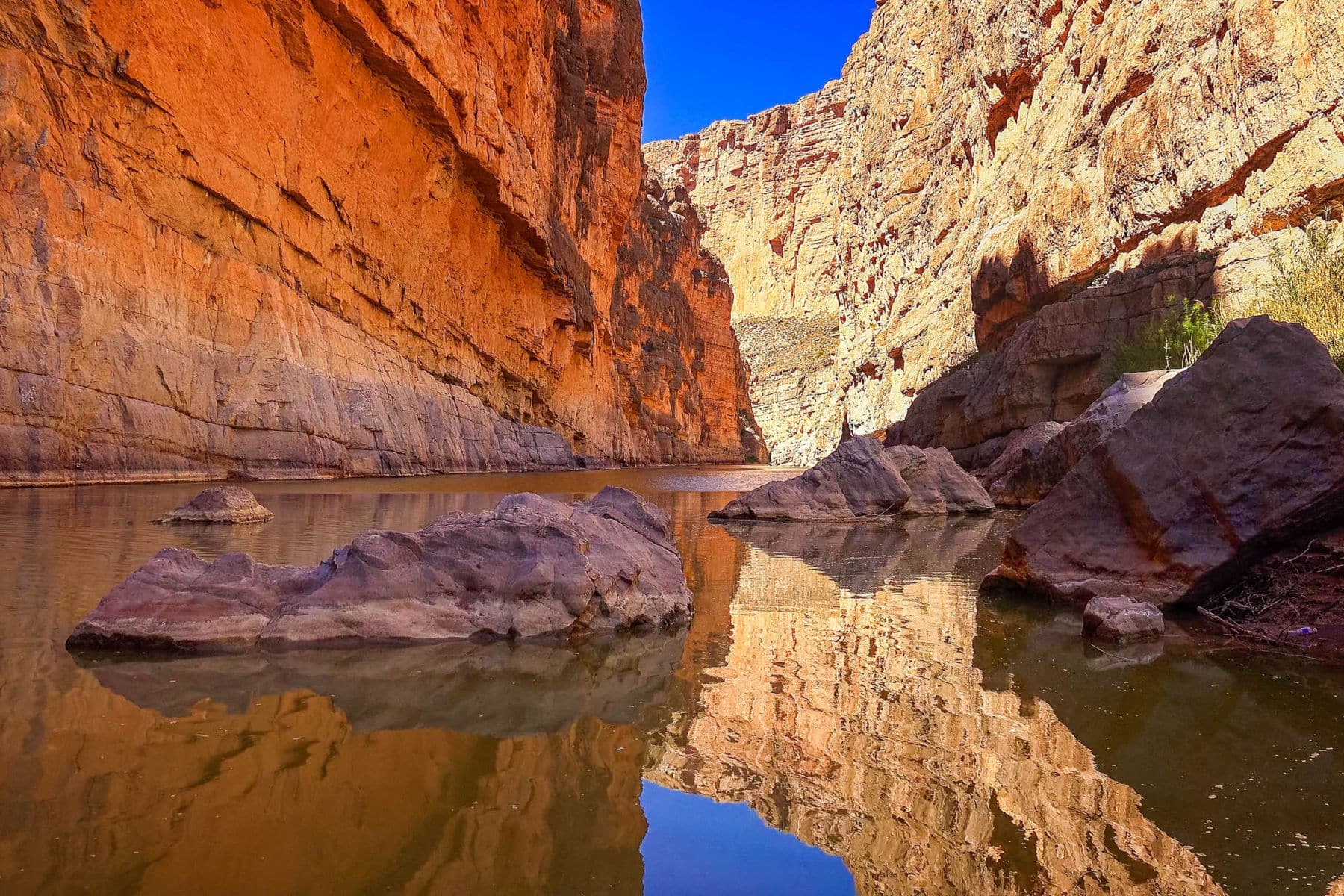
Article Summary: Big Bend National Park Facts
Big Bend National Park Facts! In this article, we provide you with 12 amazing facts about one of America’s most magnificent national parks.
More Than Just Parks is your one-stop-shop when it comes to learning everything you’ll need to know about America’s national parks. We’ve got expert guides, beautiful photos, helpful tips, breathtaking films and so much more.
I’ve been to so many of these amazing places since retiring from teaching in 2018. Did I mention that I taught history? I spent a lifetime teaching about the history behind some of these natural wonders. Then I got to see them firsthand. And now I’m sharing some of the incredible stories about these beautiful places with you. It doesn’t get any better than that!
More Than Just Parks takes a deeper dive with its national park facts. We’ve done our homework so that you’ll get more than you bargained for.
Without further ado, let’s dive in.
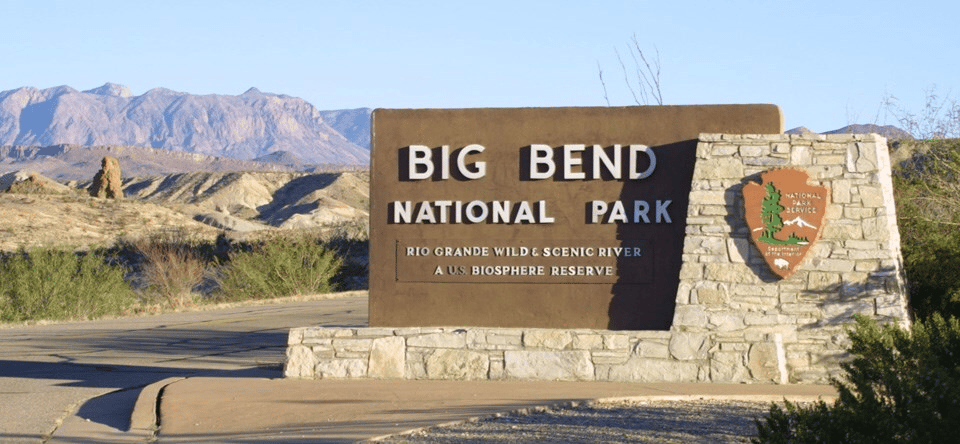
Table Of Contents” Big Bend National Park Facts
Big Bend National Park Facts
- Facts About Big Bend National Park
- Big Bend National Park Facts
- Top 5 Big Bend National Park Facts
- 1. Archaeologists Estimate That There Are Over 10,000 Sites At Big Bend
- 2. Robert T. Hill Led One Of The Earliest Expeditions Through Big Bend
- 3. A Retired Texas Ranger Was Instrumental In Gaining National Park Status For Big Bend
- 4. Big Bend Has More Species Of Birds Than Any Other U.S. National Park
- 5. The First Superintendent Of Big Bend Was An Exceptional Leader
- Top 10 Big Bend National Park Facts
- 6. The Park Is Home To An Incredibly Diverse Array Of Plant & Animal Life
- 7. Big Bend Is The Largest Park In The State Of Texas-It’s Larger Than The State Of Rhode Island
- 8. It’s The Only National Park With A Mountain Range Entirely Contained Within Its Own Boundaries
- 9. There’s A Replica Of Judge Roy Bean’s Jersey Lilly Saloon Nearby
- 10. A World War One Aviator First Proposed That Big Bend Become Part of An “International Peace Park”
- Top 12 Big Bend National Park Facts
- Why Trust Us About Big Bend National Park?
- Meet The Parks Brothers
- Map Of Big Bend National Park
- We Hope You’ll Follow Our Journey
- Top 5 Big Bend National Park Facts
Facts About Big Bend National Park
Some Basic Facts About Big Bend National Park
Big Bend National Park is a national park located in the U.S. state of Texas, along the border with Mexico. The park covers an area of more than 800,000 acres and is known for its rugged terrain, stunning views, and diverse plant and animal life.
Big Bend National Park is home to a variety of plant and animal life, including over 1,200 species of plants and over 450 species of birds. The park is also home to a number of threatened and endangered species, including the ocelot, jaguarundi, and black-capped vireo.
In addition to its natural beauty, Big Bend National Park offers a variety of recreational activities, including hiking, camping, rock climbing, and river rafting. The park also has a number of educational programs and events, including ranger-led hikes and talks, as well as programs for children.
Big Bend National Park is a beautiful and unique destination that offers visitors the opportunity to experience the rugged beauty of the southwestern United States and learn about the history and ecology of the region.
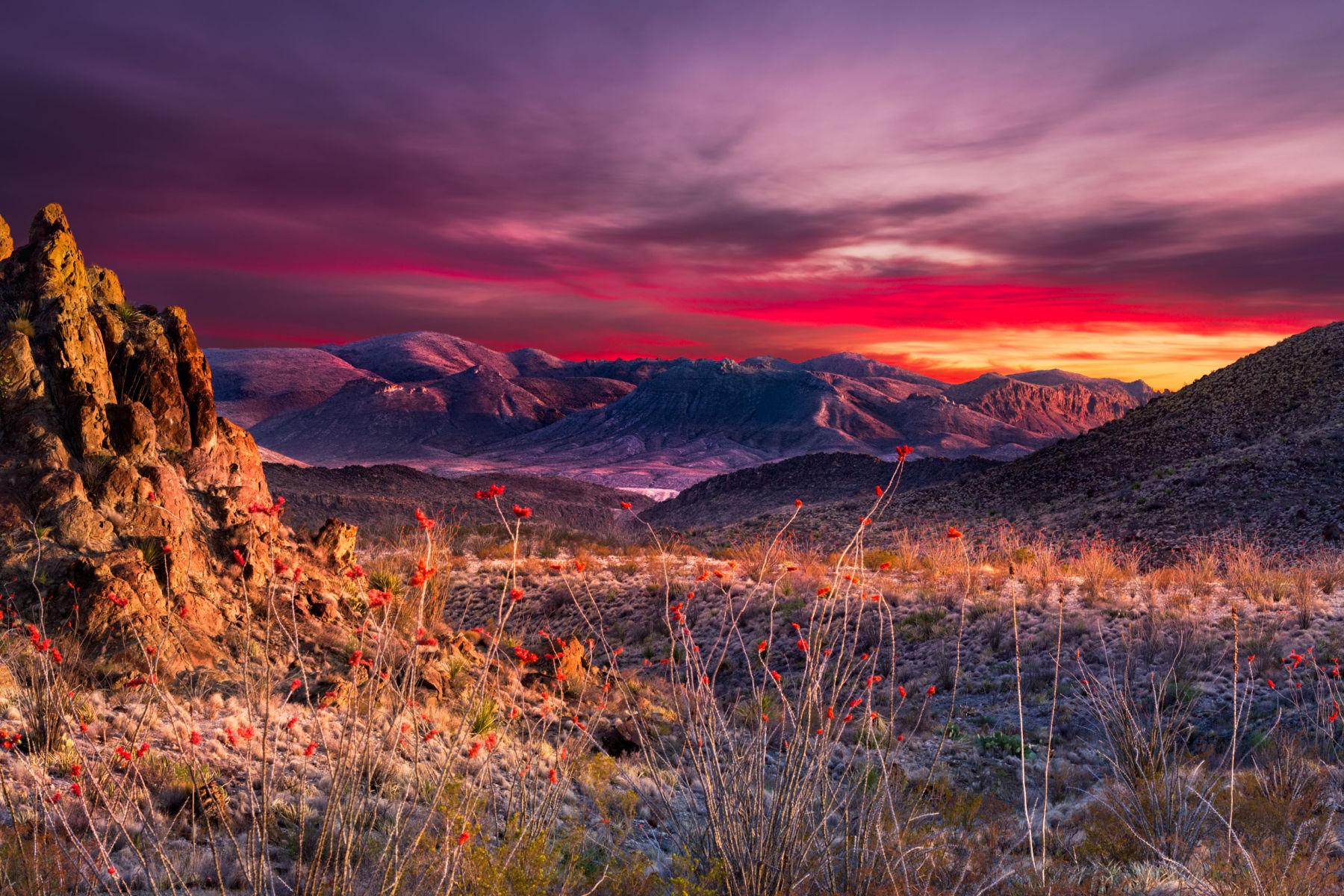
Here Are Some Of The Basic Facts
- Location: Texas
- Acreage: 801,163 acres
- Visitation: 581,000 visitors in 2021
- Highest Elevation: 7,825 feet at Emory Peak
- Lowest Elevation: 1,715 feet at the Rio Grande River
- Average annual precipitation: 13.78 inches
- When Did It Become A National Park? The State of Texas delivered the deed to the Federal Government in September, 1943 and Big Bend National Park was officially established as America’s 27th national park on June 12, 1944

CHECK OUT: 16 Magnificent Texas National Parks
According to local folklore, an old forgotten cowboy at the turn of the [20th] century gave directions to the Big Bend by telling travelers to “go south from Fort Davis until you come to the place where rainbows wait for rain, and the big river is kept in a stone box, and water runs uphill. And the mountains float in the air, except at night when they go away to play with other mountains.”
-John Jameson, the story of big bend
Big Bend National Park Facts
Top 5 Big Bend National Park Facts
1. Archaeologists Estimate That There Are Over 10,000 Sites At Big Bend
One of the most intriguing of the Big Bend National Parks Facts is that Big Bend National Park has a history that goes back a long way back.
The archaeologists who have examined the park estimate there are over 10,000 sites. These include: Late Paleo-Indian (8000-6500 B.C.), Archaic (6500 B.C.-1000 A.D.), Late Prehistoric (A.D. 1000-1535), and Historic eras (A.D. 1535-present).
The prehistoric and historic activities occurred over ten millennia during which Big Bend emerged from the end of the Ice Age, passed through a brief period when the woodlands covered much of the area and gradually evolved into its present form and climate.

A Land Of Geographic Contrasts
Today, Big Bend National Park is a land of geographic contrasts.
These include the vegetation belts along the Rio Grande, the sparseness of the Chihuahuan Desert, the peaks of the Chisos Mountains, and the limestone outcrops of Persimmon Gap and Boquillas Canyon.
It’s a park that’s very large and very remote.

RELATED: 16 MAGNIFICENT Texas National Parks
2. Robert T. Hill Led One Of The Earliest Expeditions Through Big Bend
Among the most fascinating of the Big Bend National Park Facts are the people who helped to bring about the discovery of such an amazing place.
In the aftermath of the Mexican-American War, surveying parties followed the river to determine the boundary between the United States and Mexico. They steered clear of the deep canyons found along this portion of the Rio Grande however.
In October 1899, U.S. Geological Survey (USGS) geologist Robert T. Hill led a six man expedition to explore and document the canyons of the Rio Grande, a place he described as “the longest and least known.”
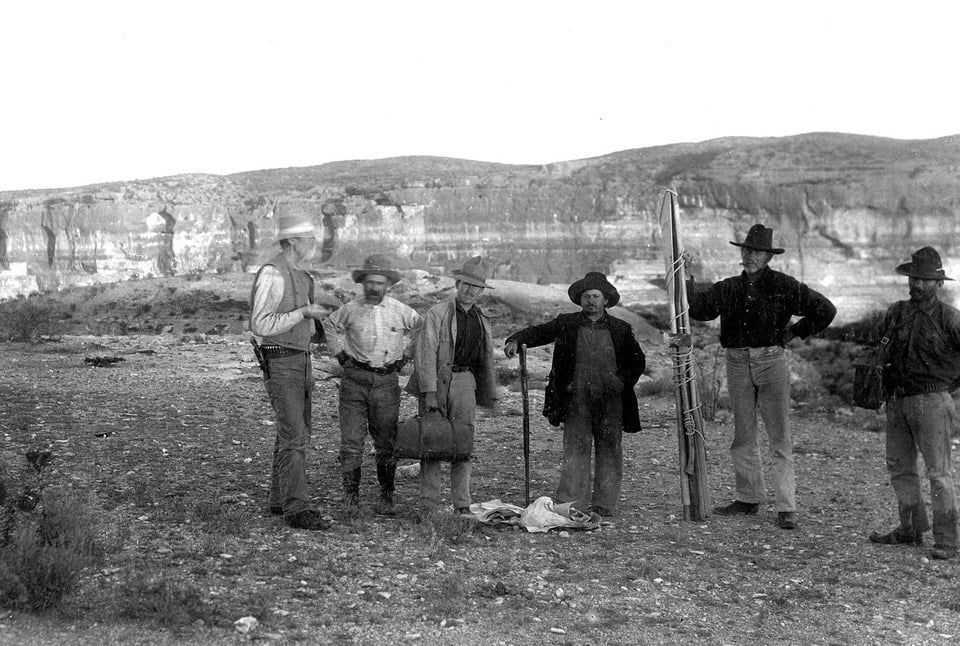
Traveling in three boats, the expedition took nearly an entire month to travel from Presidio to Langtry, Texas.
Bloody Bend
The expedition was not without its risks as John Jameson notes in The Story of Big Bend:
“In 1899, Robert T. Hill called the area ‘the Bloody Bend,’ and with good reason. On his expedition that year through the canyons of the Rio Grande, the explorers stopped at a small store at Polvo a few miles below Presidio. There the shopkeeper showed Hill ‘splotches of blood upon the floor and wall behind the counter, where his predecessor had been murdered’ by an outlaw. Before 1899 was over, the shopkeeper would suffer a similar fate.”
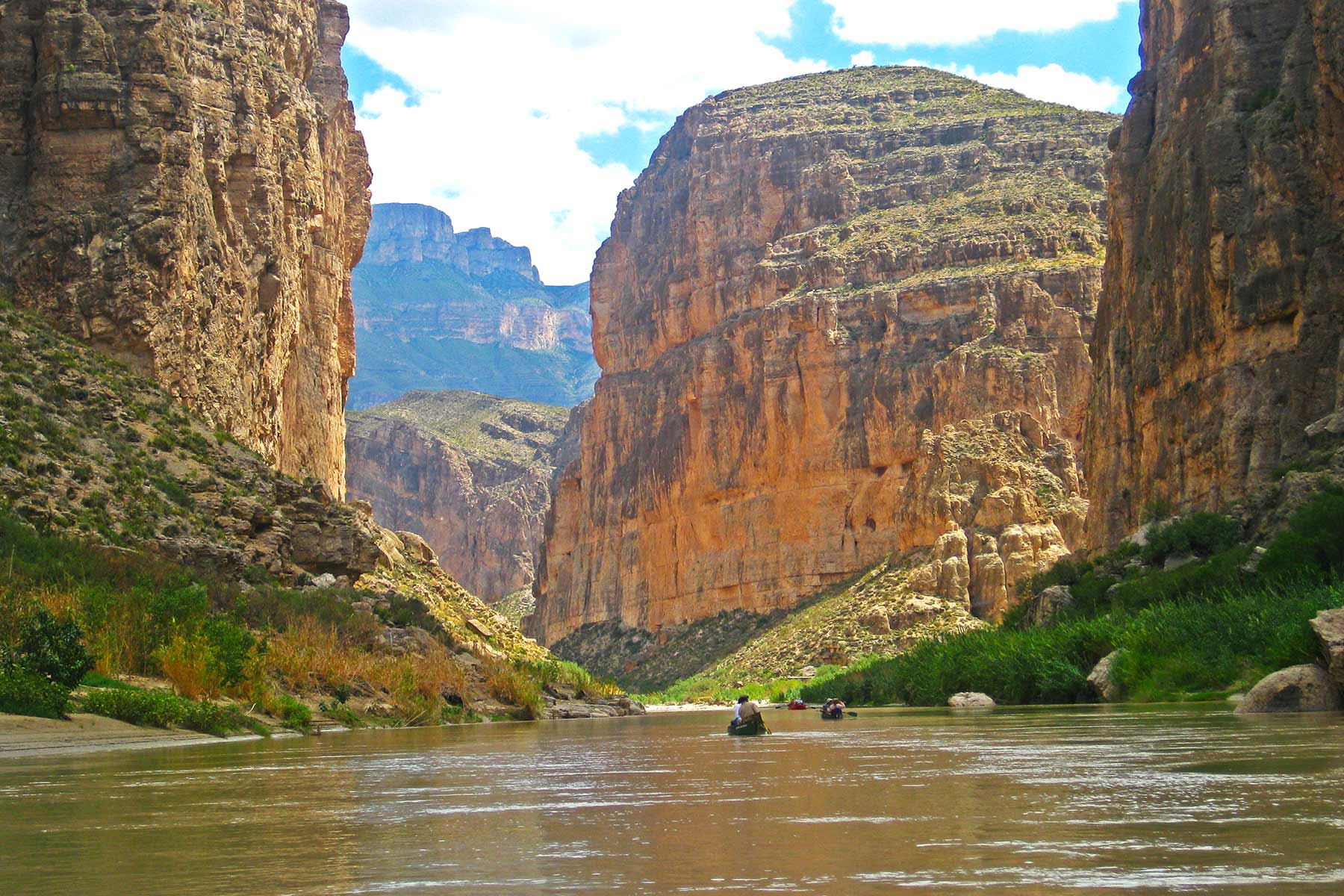
Two years later, Hill published an article describing his voyage.
CHECK OUT: 11 AMAZING Facts About Arches National Parks
3. A Retired Texas Ranger Was Instrumental In Gaining National Park Status For Big Bend
While many people participated in the decade-long struggle to create Big Bend National Park, Everett Ewing Townsend stands out for the level of dedication and tenacity he displayed in making it his lifelong goal.
He is remembered today as the “Father of Big Bend National Park.”
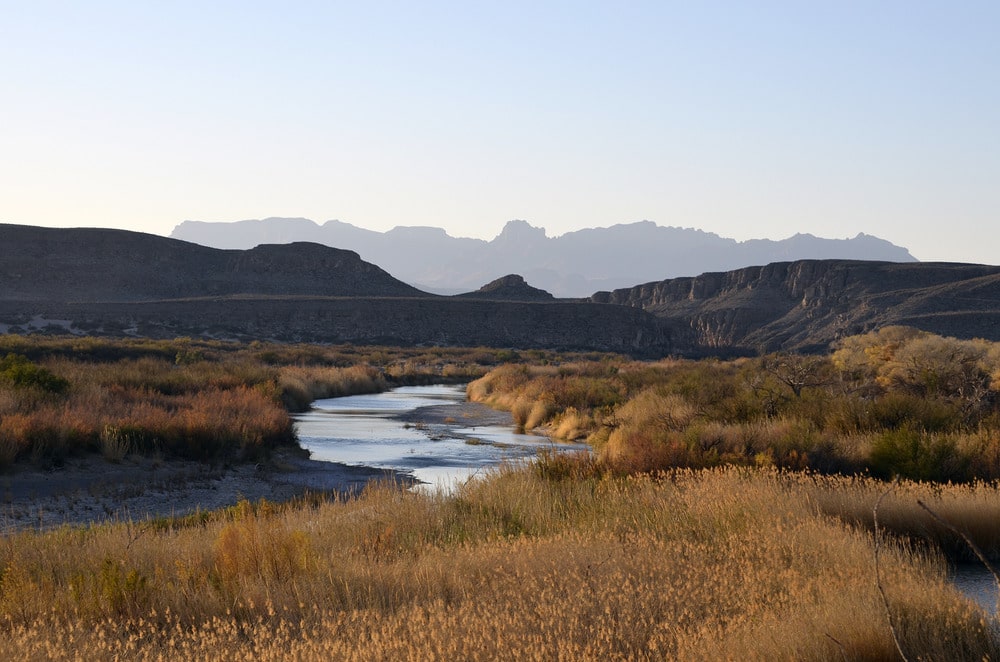
In 1891, Townsend lied about his age and joined the Company E, Frontier Battalion of the Texas Rangers.
Townsend went on to become a Deputy U.S. Marshal in 1893 .
One year later, he came to the Big Bend area as a mounted inspector for U.S. Customs in Presidio County. It was in his role as customs inspector that Townsend experienced the beauty of the Big Bend firsthand.
According to the National Park Service, the panoramic view from the South Rim made a real impression on the young man.
Decades later he recalled that the sight made him “see God as he had never seen Him before and so overpoweringly impressed him that he made note of its awesomeness…”
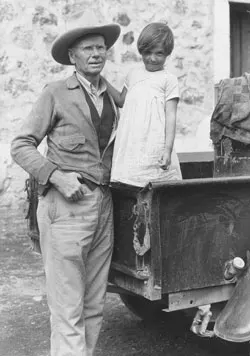
Townsend Worked Tirelessly To Promote The Idea Of A National Park
In 1933, a bill was passed in the Texas legislature establishing Texas Canyons State Park in the Big Bend. Townsend co-authored the bill.
He then worked tirelessly to promote the idea of a national park.
It would take many years to bring his dream to fruition, but Townsend was not willing to give up.
In a ceremony handing the land deeds to the Department of the Interior in 1943, Everett Townsend was the one individual singled out in recognition of his efforts to see his decades-old dream realized.
After Big Bend became a national park in 1944, Townsend was appointed U. S. Commissioner for the park.
He died in 1948 at the age of seventy-seven having the satisfaction of living long enough to see his dream come true.
In 1954, on the tenth anniversary of the park’s establishment, Superintendent Lon Garrison presented the Townsend family with a posthumous honorary park ranger commission for the man remembered as “the father of Big Bend National Park.”
I find Townsend’s contributions to be among the most consequential of the Big Bend National Park Facts.
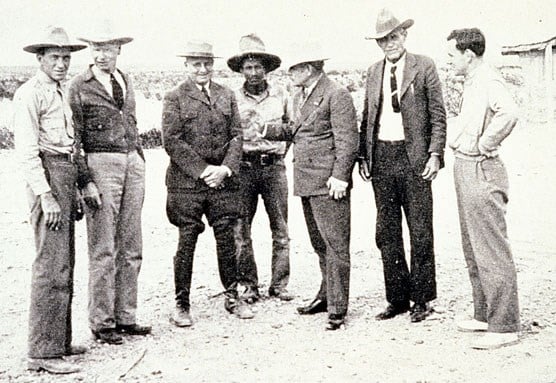
CHECK OUT: 10 AMAZING Facts About Badlands National Park
4. Big Bend Has More Species Of Birds Than Any Other U.S. National Park
Just when you thought we couldn’t come up with any more unbelievable Big Bend Park Facts we’ve come up with another one. At Big Bend National Park, visitors can find species of animals, birds, and plants found nowhere else in the United States. Examples include the Drooping Juniper and Colima Warbler.
Amazingly, the park has over 450 species of birds which is more than any other U.S. park and over 50% of the species of birds in North America.
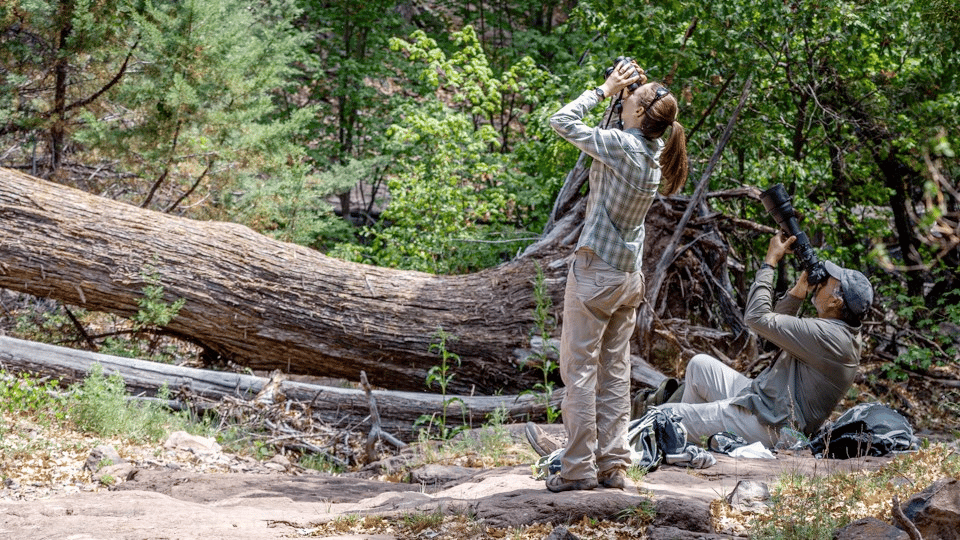
5. The First Superintendent Of Big Bend Was An Exceptional Leader
As I do the research for these articles for More Than Just Parks, one of the things which truly amazes me is the incredible array of talented men and women who comprise America’s National Park Service.
One such example is the first superintendent of Big Bend National Park–Ross A. Maxwell.
He attended the University of Oklahoma where he earned two degrees there.
He then went on to earn a Ph.D. in geology from Northwestern University in 1936 and, later that year, moved to Big Bend to participate in a geological survey of the region for the National Park Service.
Following the closure of the Civilian Conservation Corps camp in Big Bend in 1937, Maxwell worked at National Monument sites in Arizona.
He Was Present At The Creation
What most people don’t realize is that the park had no paved roads, no electricity, and the nearest telephone was 100 miles away.
Maxwell was present at the creation of so much that would make Big Bend a special place. He played an integral role in laying the foundation for later successes.
Maxwell laid out the route of the road today named in his honor to highlight the more spectacular geologic features on the west side of the park. Along the way he also had to deal with some of his fellow Texans who opposed the creation of a national park.
His straight-forward, no-nonsense approach, enabled him to win friends and influence people.
Ross Maxwell also built a team of dedicated personnel which was especially difficult given how remote, isolated and underdeveloped this area was and would remain for many years.
After leaving the National Park Service in 1952, Maxwell taught at the University of Texas until his retirement.
For me, Maxwell’s involvement with Big Bend was among the most intriguing of the Big Bend National Park Facts.
RELATED: A Brief (& Informative) History Of America’s National Park Rangers
Top 10 Big Bend National Park Facts
6. The Park Is Home To An Incredibly Diverse Array Of Plant & Animal Life
Here’s another of those amazing Big Bend National Park Facts. Believe it or not, Big Bend is home to over 1,000 species of plants, 3,368 insects, 78 mammals, 71 reptiles and amphibians, about 36 fish, and over 450 species of birds.
This represents more than any other U.S. Park and includes over one half of the special of birds in North America.
No other national park has as many cacti; more than 70 kinds grow in Big Bend.
The park also has endangered species which include: the Peregrine Falcon, Black-capped Vireo, Mexican long-nose bat and Big Bend gambusia which is a tiny fish discovered only in the ponds inside of the park.
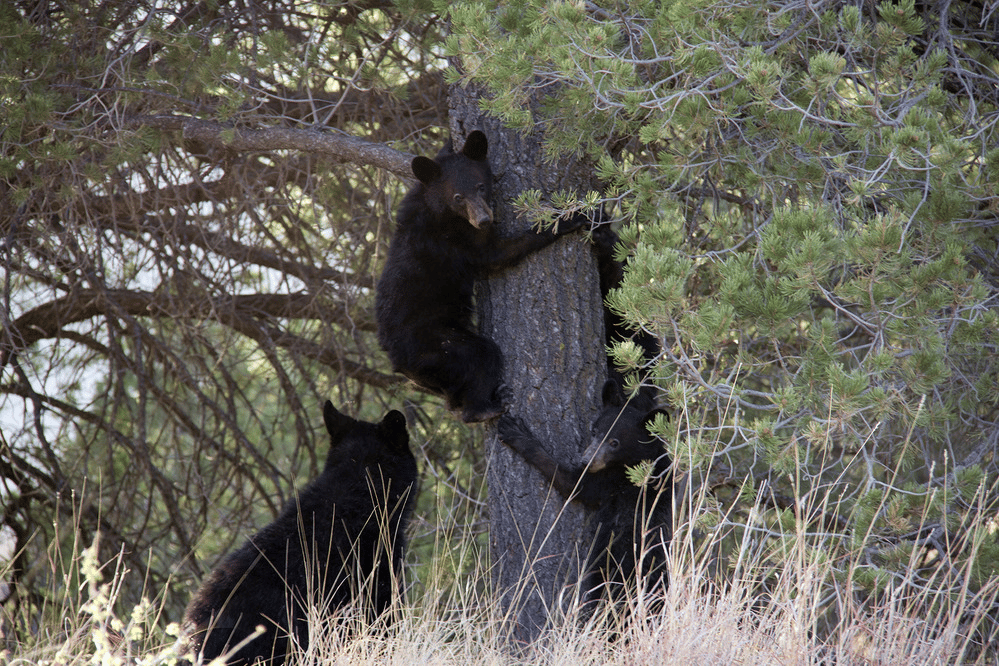
7. Big Bend Is The Largest Park In The State Of Texas-It’s Larger Than The State Of Rhode Island
Big Bend National Park, is both the first and the largest park in the state of Texas.
In fact, it spans 1,252 square miles which is larger than the state of Rhode Island.

And here’s another one of those truly amazing Big Bend National Park Facts. Believe it or not, it comes with its own natural Jacuzzi, known as Langford Hot Springs, which stay at about 105-degree Fahrenheit.
8. It’s The Only National Park With A Mountain Range Entirely Contained Within Its Own Boundaries
The Chisos Mountains are the heart of Big Bend National Park. They extend twenty miles from Punta de la Sierra in the southwest to Panther Junction in the northeast.
It’s the only mountain range totally contained within a single national park.
A 7-mile long paved road climbs into the Chisos Mountains Basin, a circular valley ringed by craggy peaks.
In the Basin visitors will find a developed National Park Service Campground and Park ranger station where interpretive information, maps, and backcountry permits are available.
The Chisos Mountains support vegetation that includes Douglas fir, Aspen, Arizona cypress, Maple, Ponderosa pine, and Madrone.
And, if you’re planning to visit, April is the best month to see many species of cactus in bloom.
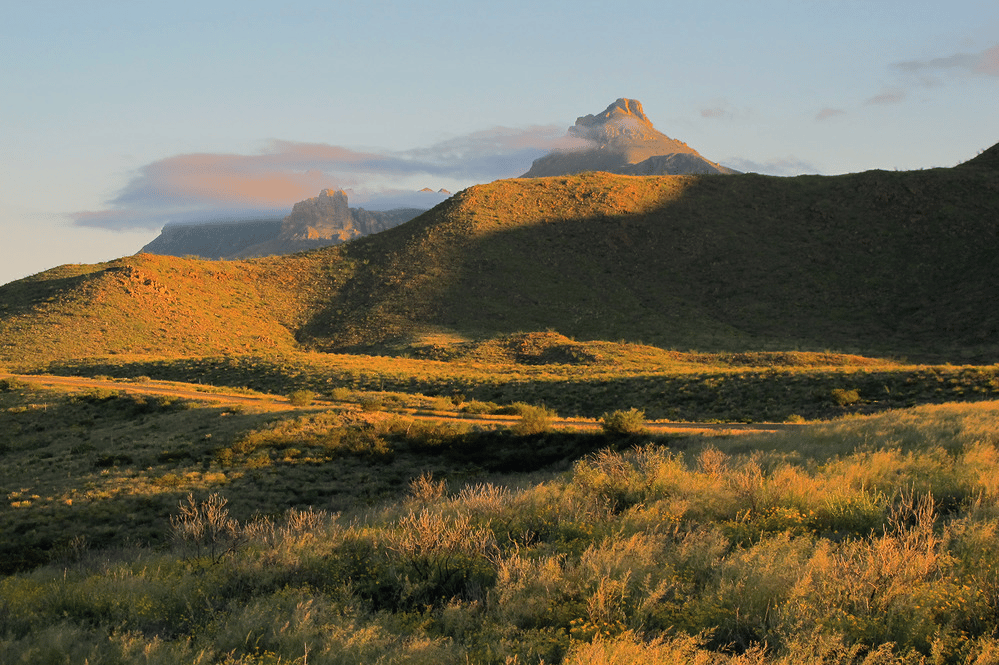
A Hiker’s Paradise
Big Bend is a hiker’s paradise containing the largest expanse of roadless public lands in Texas.
If you travel there check out the Basin which is a hub for an extensive network of hiking trails that range from half mile strolls to round trips of 5 to 14 miles in length.
There are more than 150 miles of trails which offer opportunities for day hikes or backpacking trips.
Elevations range from 1,800 feet along the Rio Grande up to 7,832 feet on Emory Peak in the Chisos Mountains.
Elevation changes produce an exceptional variety of plants, animals, and scenic vistas.
And, speaking of elevation, the three highest mountain ranges in Texas are the Chisos, Davis and Guadalupe Mountains.
The highest peak is Guadalupe Peak far in West Texas.
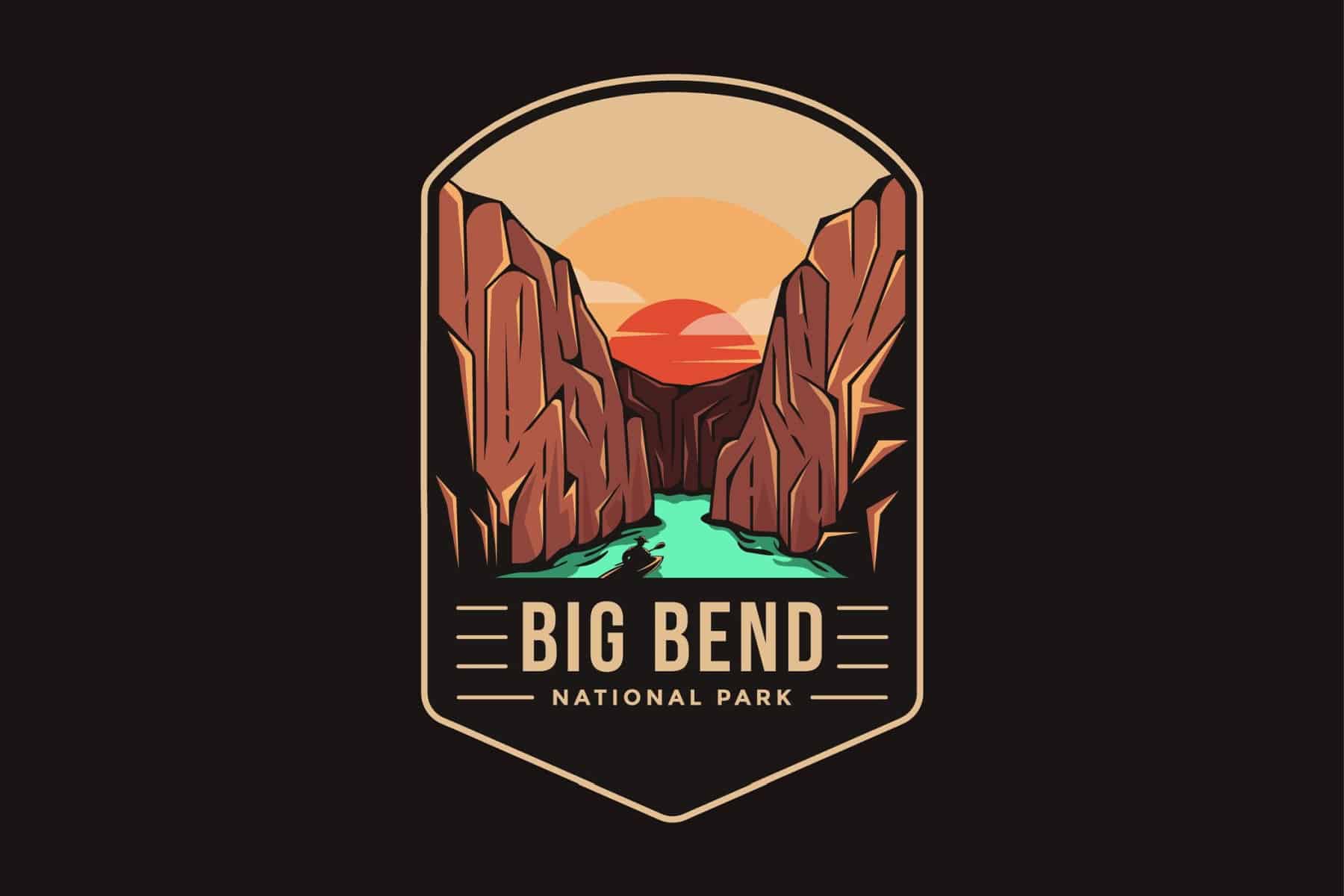
9. There’s A Replica Of Judge Roy Bean’s Jersey Lilly Saloon Nearby
I taught history for almost 30 years. One of my favorite periods of study was the American West in the 19th century. And one of the most colorful characters of this period was Roy Bean.
A saloonkeeper and adventurer, Bean’s claim to fame rested on the often humorous and sometimes-bizarre rulings he meted out as a justice of the peace in western Texas during the late 19th century.
Before he became an officer of the court, however, Roy Bean got into some trouble of his own. He shot a man in a barroom fight and had to flee.
Bean next turned up in San Diego where, once again, he shot a man during a quarrel and was forced to leave town quickly.
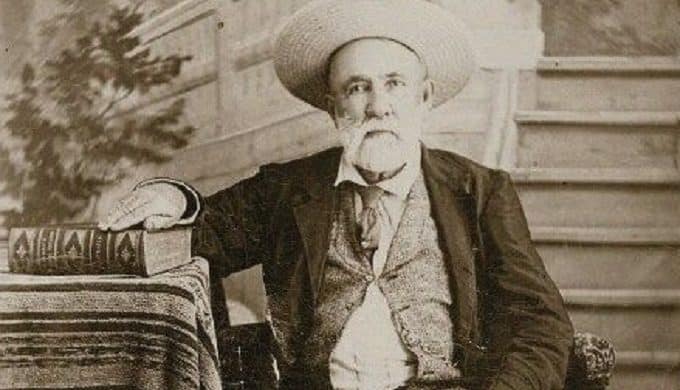
In Los Angeles, Bean killed a Mexican officer in a duel over a woman. Friends of the officer were enraged and hanged Bean in revenge.
Fortunately for him, however, the rope stretched. He was able to hang on until the woman he had fought a duel over managed to cut him down.
Hang ’em first, try ’em later.
-Roy Bean
The Jersey Lilly
Bean finally decided to go straight. He lived a prosperous and relatively legitimate life as a San Antonio businessman.
In 1882, Roy Bean moved to southwest Texas, where he built his famous saloon, the Jersey Lilly, and founded the hamlet of Langtry. Bean named both his saloon and the town of Langtry after the British actress, Lillie Langtry.
And, if you think that his story would make a great movie, you would be correct. As a matter of fact, it did make a great movie with Paul Newman in the lead role.
The Life & Times Of Judge Roy Bean is shown periodically on the Turner Classic Movie channel.

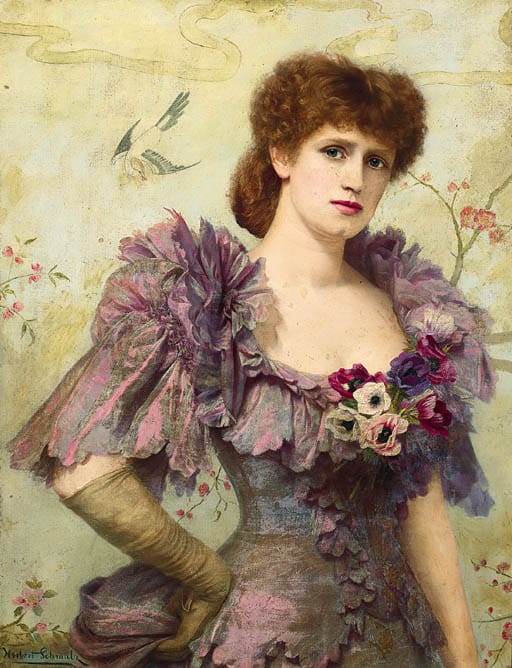
See A Replica Of Jersey Lilly
I find Roy Bean’s connection to the area to be one of the most interesting of the Big Bend National Park Facts.
Today the town of Langtry exists mainly to serve tourists who come to see the Jersey Lilly Saloon.
The state’s Judge Roy Bean Visitor Center offers a rest stop, a small park, an amusing museum, a few souvenirs, and anecdotes to go along with the original saloon and Judge Bean’s “Opera House.”
It is a two hour and 20 minute drive (via US-385 N & US-90 E) from Big Bend National Park, but it’s well worth the trip if you love the history of the Old West as much as I do. And, even if you don’t, there’s a cactus garden offering a view of many fine examples of desert plants.
The Rio Grande River offers great camping opportunities for the adventure traveler, and the entire region is alive with remarkable scenery and outstanding outdoor activities.
Judge Roy Bean Makes A Comeback
A new “law west of the Pecos” emerged in the 1980s when Judge Roy Bean assisted law enforcement officers in detecting illegal drug smugglings.
Only this “Judge Roy Bean” was a canine trained to sniff out narcotics.
In 1989, “Roy” was brought to Castolon to check out a suspicious vehicle. His keen nose detected 337 pounds of marijuana concealed in a compartment under the bed of the truck. (Source: John Jameson, The Story of Big Bend)

10. A World War One Aviator First Proposed That Big Bend Become Part of An “International Peace Park”
One of the more interesting characters in a national park story which is filled with interesting characters would be Albert W. Dorgan.
Dorgan was a World War One naval aviator, real estate developer, inventor, and landscape architect.
In 1934, he asked then Secretary of the Interior, Harold Ickes, for a job helping to plan and develop the concept of a U.S.-Mexico International Peace Park on the Rio Grande, including Big Bend and contiguous lands in Mexico.
Dorgan actually drafted plans for developing a hacienda resort in the Chisos Basin and a “Friendly Nations Park” in Castolon, Texas.
His vision included the establishment of museums and demonstration areas for cultural performances, replicas of frontier towns, artificial lakes, an airfield, and a scenic highway.
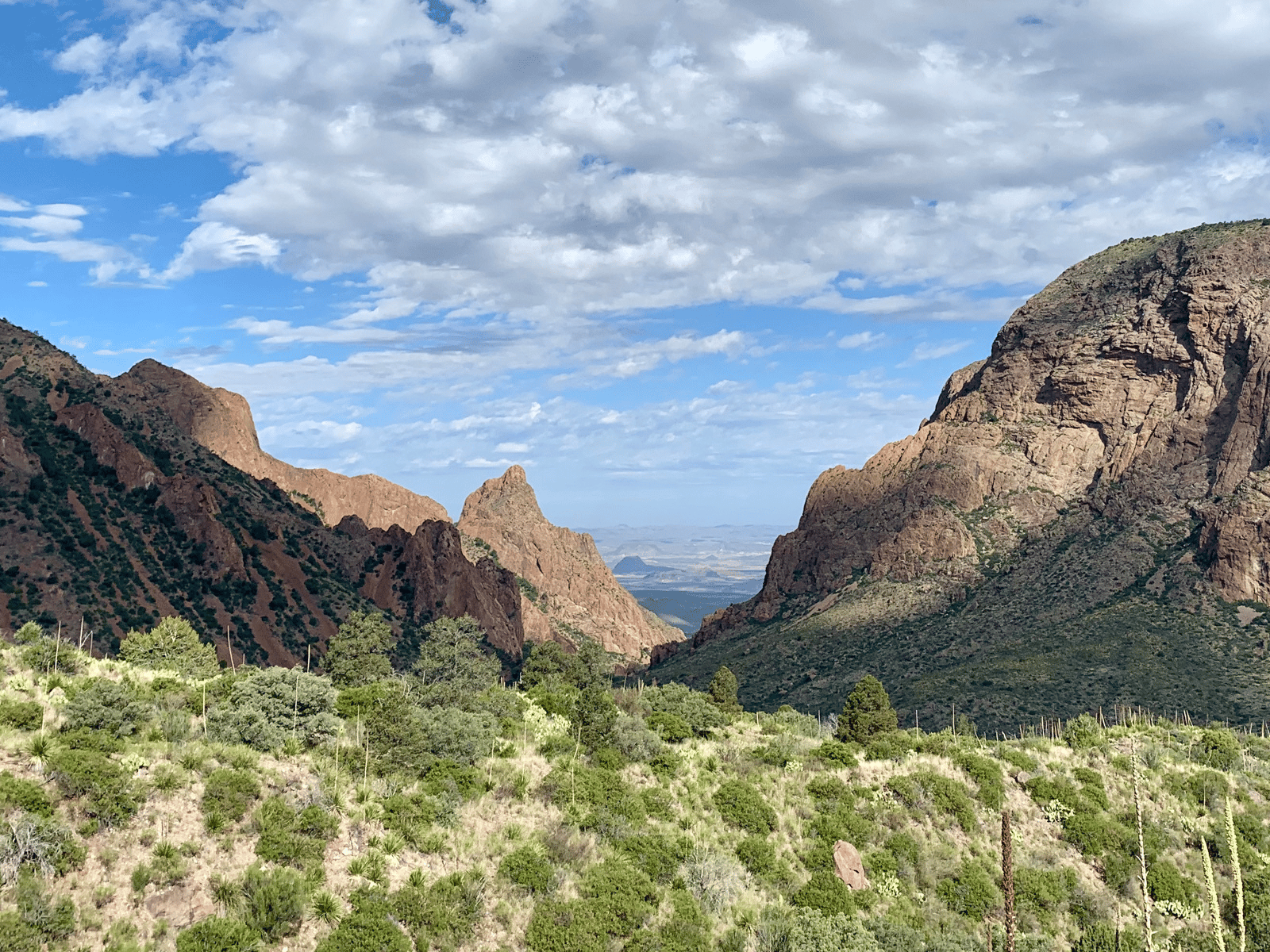
Franklin Roosevelt Embraces The Idea Of A “Peace Park”
When President Franklin D. Roosevelt designated Big Bend in 1944, he declared that it would be incomplete until “one great international park” reached across the border, uniting the region’s deep-cut canyons and towering sky islands, its desert grasslands and teeming forests.
Roosevelt’s foreign policy, known as the “Good Neighbor Policy,” had as its primary goal to ensure mutual friendly relations between the United States and the nations of Latin America.
FDR believe that an International Peace Park linking the United States and Mexico would serve as an excellent way to promote this policy.
Why? Because 118 miles of the Park border runs along the international border between the United States and Mexico. Given that fact the idea of an International Peace Park made sense.
A joint commission to explore this idea was formed in 1936. Regrettably, days after concluding a landmark expedition through the proposed parklands, two of its most influential members died in a car crash, establishing a pattern of lost opportunities that has continued ever since.
A Dream That Has Come And Gone
Hope was reignited in the 1990s with the passage of the North American Free Trade Agreement.
And, it was revived once again in 2010 when Presidents Barack Obama and Felipe Calderón announced support for the area’s eventual designation as “a natural area of binational interest.”
With the election of Donald Trump in 2016, however, and his pledge to build a “border wall” between the United States and Mexico, Albert Dorgan’s dream of a U.S.-Mexico International Peace Park appears to have come and gone.
The idea of such a place is perhaps the unusual of the Big Bend National Park Facts.

Top 12 Big Bend National Park Facts
11. Lady Bird Johnson Was A Huge Fan Of Big Bend And Made A 1966 Trip There To Promote The Park
In April of 1966, First Lady Mrs. Lyndon (Lady Bird) Johnson visited Big Bend National Park.
The purpose of her trip was to promote the “See America First“ campaign and to call attention to the fiftieth anniversary of the National Park Service.
The highlight of the Big Bend visit was a six-hour, eleven-mile float trip through Mariscal Canyon on the Rio Grande. Lady Bird’s travelling companions on this trip included Secretary of the Interior Stewart Udall and Mrs. Udall.
Her flotilla created a bit of a traffic jam as twenty-four rubber rafts drifted through the shallow (12”–24” deep) and narrow river at a speed of two miles per hour.
Back at the White House later that month, Mrs. Johnson wrote Conrad Wirth, a good friend and former director of the Park Service, about “that fabulous corner of the world.”
According to the National Park Service she recalled “watching the Sierra del Carmen mountains about sunset as we had barbecued steaks under the cottonwood trees . . . There was every hue of blue, lavender and mist color and the changing light made them look quite magical.”
Lady Bird Johnson’s Campaign For Beauty
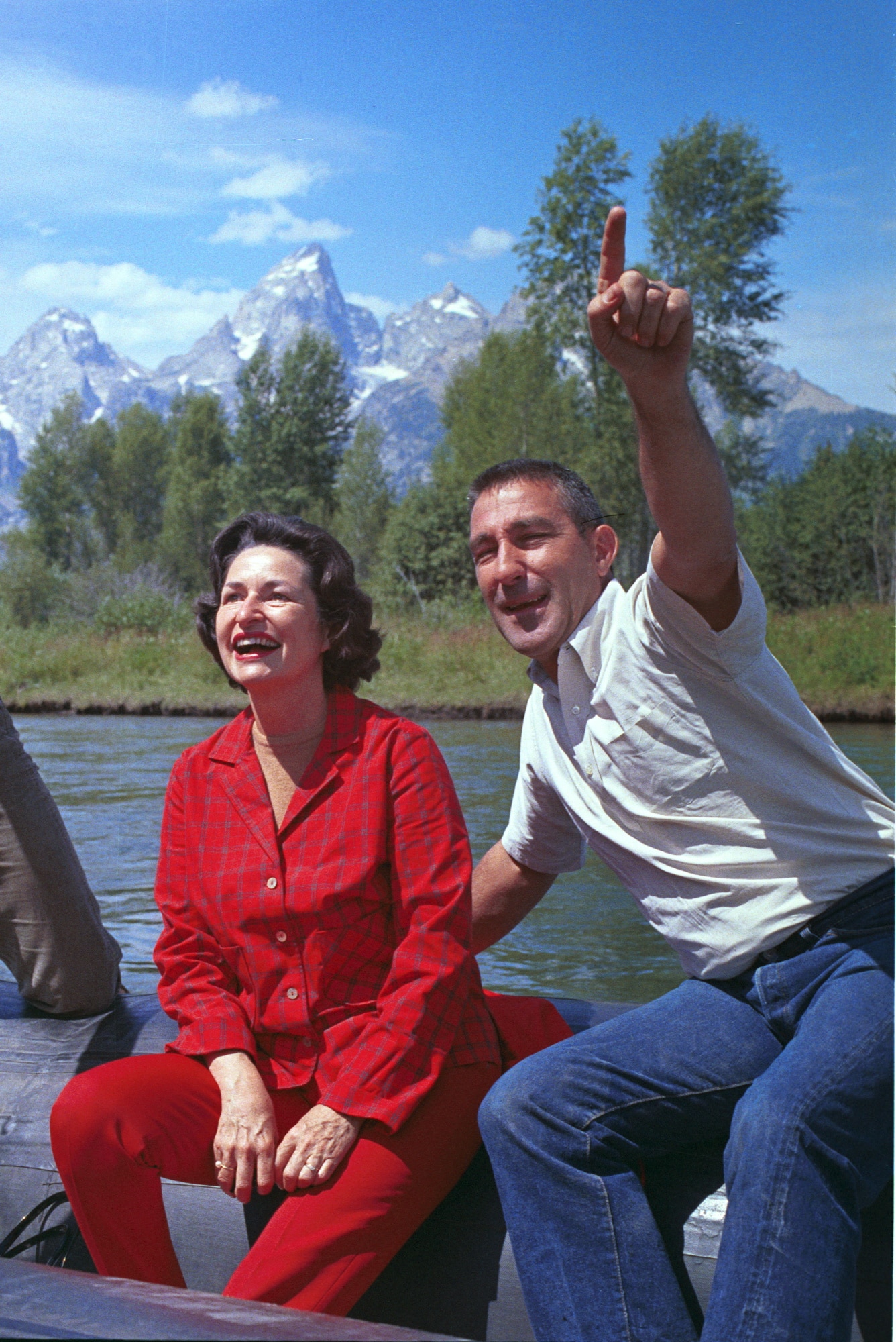
Lyndon Johnson’s wife, Lady Bird, became the “Environmental First Lady.” She became a strong voice and a passionate advocate on environmental issues.
As Dee Hoffman writes in Lady Bird Johnson, The Environmental First Lady, “Through her efforts to clean up first the Nation’s Capital and later the nation’s highways and byways, Lady Bird legitimized environmental issues and made them a national priority.”
RELATED: It It Time For Another Bipartisan Era Of Environmental Activism?
Well, I, for one, think we will survive, and I hope that along the way we can keep alive our experience with the flowering earth. For the bounty of nature is also one of the deep needs of man.
-Lady Bird Johnson
The environment is where we all meet, where we all have a mutual interest; it is the one thing all of us share.
The First Lady’s Environmental Bill
Lady Bird’s efforts to beautify America would move her into the political arena.
The Highway Beautification Act of 1965 became known as “Lady Bird’s Bill.”
Other major legislative initiatives resulting from her efforts included: The Wilderness Act of 1964, The Land and Water Conservation Fund, The Wild and Scenic Rivers Program and many additions to the National Park system.
In all, there were a total of 200 laws relevant to the environment, which was quite an impressive accomplishment indeed.
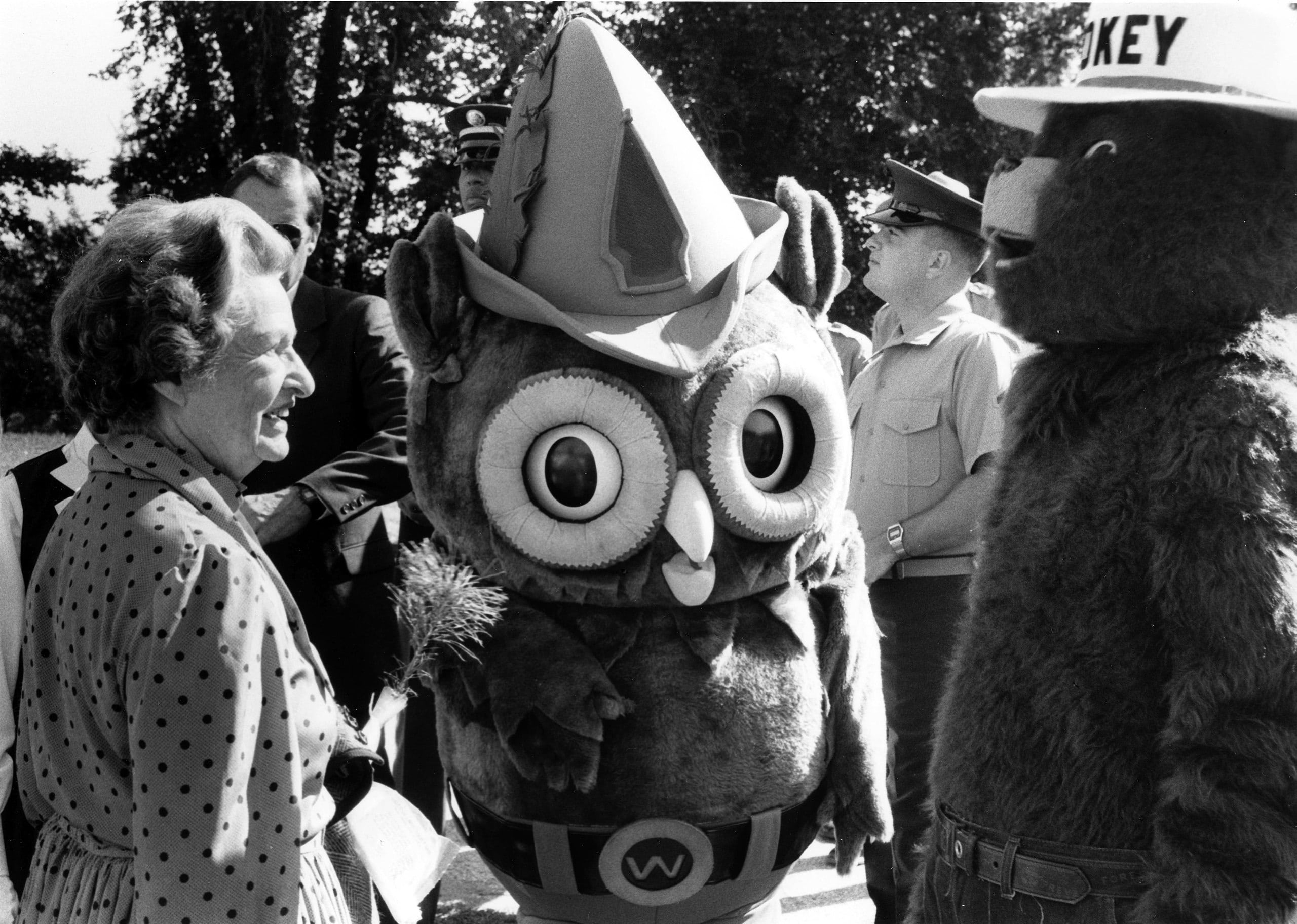
12. Astronauts Used Big Bend To Prepare For Their Lunar Landing
If you enjoy learning about the history of the U.S. Space Program then you’ll find this one of our Big Bend National Park Facts particularly interesting.
When President John F. Kennedy made his bold announcement that the United States would be the first nation to send a man to the moon and return him safely before the decade of the 1960s was out, NASA knew it had its work cut out for it.
Instruction in how to recognize geological features on the Moon and, specifically, how to select the most geologically interesting rock samples for a return to Earth, was a key element of the astronauts training.
Between March and July 1964, the astronaut recruits received classroom training in geology, and two groups of astronauts visited the Big Bend region of West Texas on geological field trips in April 1964.
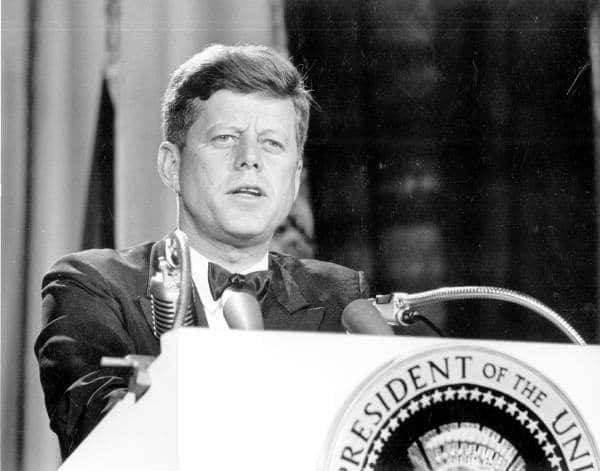
“We Can’t Say What The Moon Is Like, But It May Be Similar To The Big Bend Area”
In the words of Ted Foss, one of the National Aeronautics and Space Administration (NASA) staff geologists coordinating the astronaut training program:
“We can’t say what the Moon is like, exactly, but it may be similar to the Big Bend area.”
Furthermore, a leading figure in planning geological training for the astronauts, Bill Muehlberger from the University of Texas, Austin, selected the Big Bend for field training because the area offered the “greatest variety of geology in the smallest area than any other place in the United States.”
(Source: Apollo Astronaut Training in the Big Bend, Journal of Big Bend Studies)
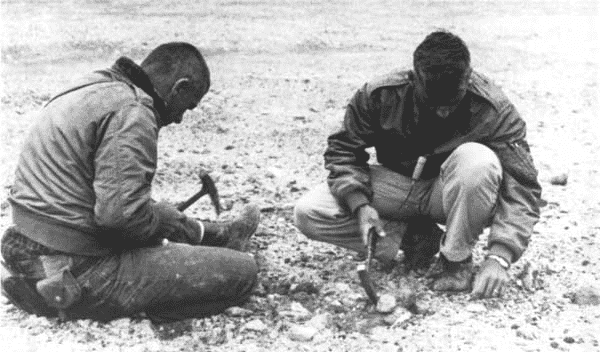
Why Trust Us About Big Bend National Park?
We’re Jim Pattiz and Will Pattiz, collectively known as the Pattiz Brothers (and sometimes the Parks Brothers) and we absolutely LOVE the national parks.
You should probably know that we don’t just make this stuff up out of thin air. We’ve spent our entire adult lives exploring and filming America’s national parks and public lands.
We’ve worked with the National Park Service, the Department of Interior, USDA, and the U.S. Forest Service for years creating films on important places and issues. Our work has been featured in leading publications all over the world and even some people outside of our immediate family call us experts on the national parks.

Meet The Parks Brothers
Map Of Big Bend National Park
List Of Big Bend National Park Facts
- Archaeologists Estimate That There Are Over 10,000 Sites At Big Bend
- Robert T. Hill Led One Of The Earliest Expeditions Through Big Bend
- A Retired Texas Ranger Was Instrumental In Gaining National Park Status For Big Bend
- Big Bend Has More Species Of Birds Than Any Other U.S. National Park
- The First Superintendent Of Big Bend Was An Exceptional Leader
- The Park Is Home To An Incredibly Diverse Array Of Plant & Animal Life
- Big Bend Is The Largest Park In The State Of Texas-It’s Larger Than The State Of Rhode Island
- It’s The Only National Park With A Mountain Range Entirely Contained Within Its Own Boundaries
- There’s A Replica Of Judge Roy Bean’s Jersey Lilly Saloon Nearby
- A World War One Aviator First Proposed That Big Bend Become Part of An “International Peace Park”
- Lady Bird Johnson Was A Huge Fan Of Big Bend & Made A 1966 Trip There To Promote The Park
- Astronauts Used Big Bend To Prepare For Their Lunar Landing
We Hope You’ll Follow Our Journey

Our goal here at More Than Just Parks is to share the beauty of America’s national parks and public lands through stunning short films in an effort to get Americans and the world to see the true value in land conservation.
We hope you’ll follow our journey through the parks and help us to keep them the incredible places that they are. If you’re interested in joining the adventure then sign up below!
Helpful Related Links
Things to Do Big Bend: 20 Epic Things to Do Big Bend National Park
Texas National Parks: 16 Magnificent Texas National Parks
Austin: 7 Amazing National Parks Near Austin You’ll Love
Dallas: 5 Epic National Parks Near Dallas You’ll Love
El Paso: 5 Epic National Parks Near El Paso You’ll Love
Houston: 8 Amazing National Parks Near Houston You’ll Love
San Antonio: 8 Amazing National Parks Near San Antonio You’ll Love
Historic Sites: 10 Must-See Historic Sites In Texas

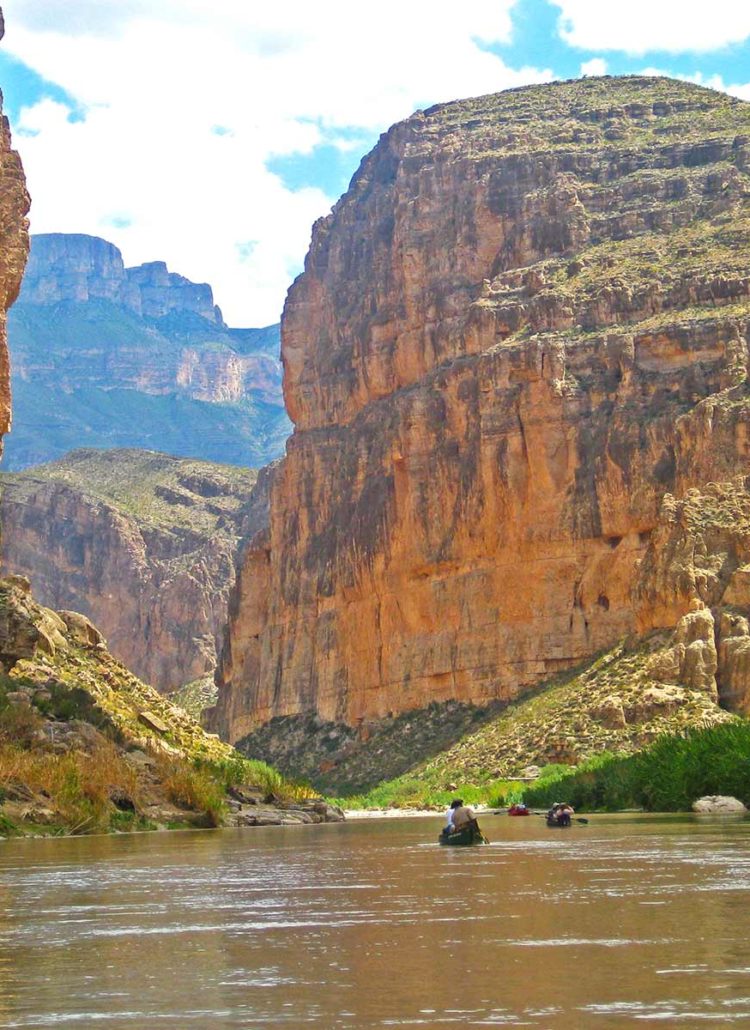



Check first sentence of Fact paragraph #4
Thank you!! It’s been corrected 🙂